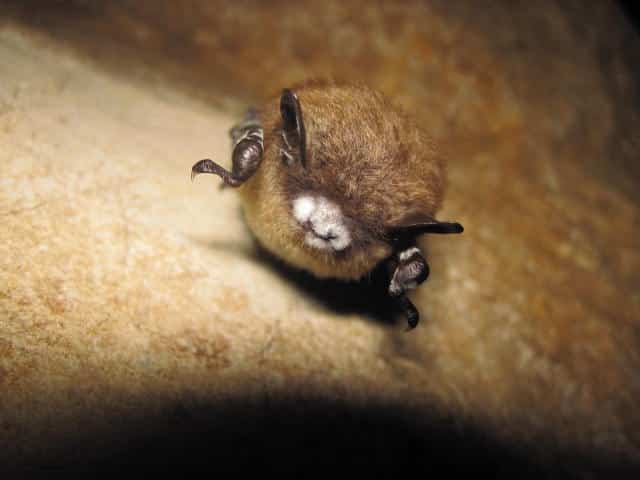
Insights: Wildlife disease and conservation
Wildlife disease and conservation: bat white-nose syndrome, rabies and deer chronic wasting disease
Anyone who’s ever seen a ‘zombie deer’ with chronic wasting disease, or a Tasmanian devil suffering from devil facial tumour, knows how devastating wildlife disease can be. In much the same way that invasive species and noxious weeds wreak havoc on native ecosystems, wildlife diseases pose a significant threat to biodiversity.
In our previous article for World Wildlife Day, we highlighted the link between animal trafficking, zoonotic disease and human health. In this article, we’re taking a deeper dive into wildlife diseases, looking at which ones are particularly problematic, what’s contributing to their spread, and what we can do to reduce their impact.
The United States is home to some of the most problematic wildlife diseases
Just as humans can be affected by diseases, so too can wildlife. The World Organisation for Animal Health formally recognises 117 animal diseases as being of significant risk to wildlife, livestock and public health, but there are countless other bacteria, viruses and fungi that have the potential to produce disease in animals.
In Australia, chlamydia is well-recognised as a major threat to Koala populations, while three of the most problematic wildlife diseases found in the United States include: white-nose syndrome, which affects bats; chronic wasting disease, which occurs in cervids (members of the deer family); and rabies.
Koala Chlamydia
Humans aren’t the only mammals affected by chlamydia—a sexually transmitted infection caused by the bacterium Chlamydia pecorum—which has become an increasingly problematic disease among Australia’s koala population. The infection affects males, females and young koalas and causes significant illness including urinary tract infections, blindness and infertility. If left untreated, it causes death. Koalas are typically treated for chlamydia through antibiotics, but these often disrupt koalas’ gut microbiome, affecting the koalas’ ability to digest eucalyptus leaves.
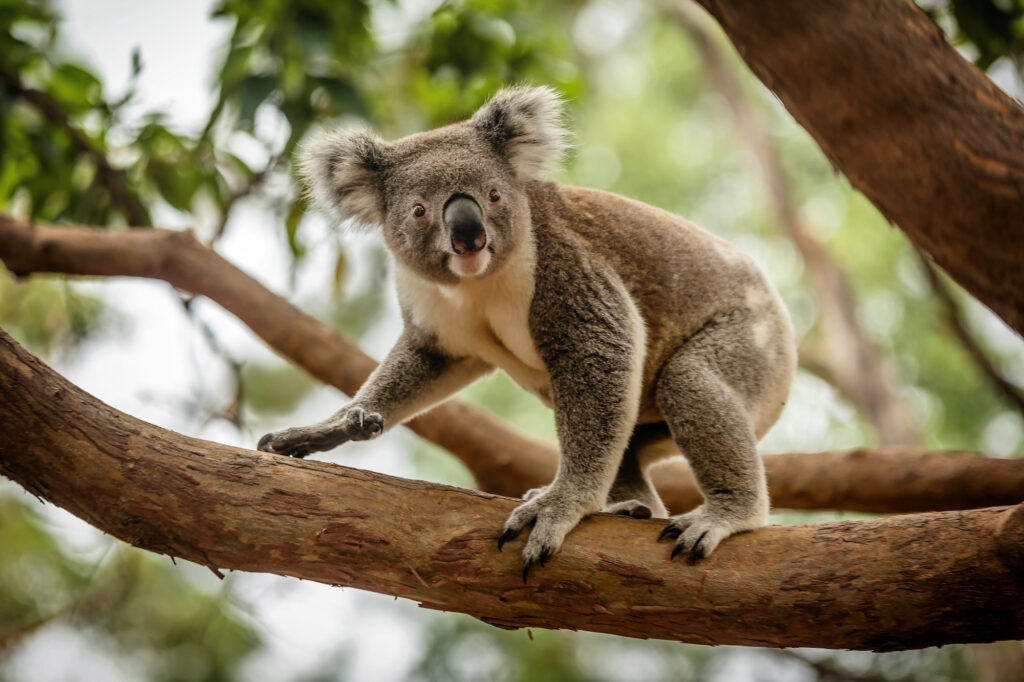
White-nose syndrome
White-nose syndrome (WNS) is a disease caused by the fungus Pseudogymnoascus destructans that affects cave-hibernating bats. The fungus grows on the bats’ bare skin while they are relatively inactive during hibernation, resulting in distinctive white patches developing around the bats’ muzzles. As the fungus infestation worsens, the bats’ behaviour changes—they become more active than usual, burning more energy, and may behave strangely, doing things like flying outside in the middle of the day.
WNS was first discovered in cave-dwelling bats near Albany in New York in 2006. Since then, the fungus responsible for WNS has been found in both Europe and Asia, where it appears to have less of an effect on bats. WNS has spread across the United States and Canada, devastating native bat populations. The northern long-eared bat, little brown bat, and tricolored bat have been most severely affected, prompting researchers such as the team at Copperhead Environmental Consulting to use innovative technology to learn more about bat species’ movements.

Chronic wasting disease
Found predominantly in the United States, chronic wasting disease (CWD) occurs in members of the deer family—including deer, elk and moose. It is a fatal disease caused by a misfolded protein called a prion. It can take between 18 and 24 months after infection for symptoms to appear in diseased animals. However, when they do they can be severe and include progressive weight loss, behavioural changes such as reduced social interaction and fear of humans, as well as increased drinking, urination and saliva production. It’s these characteristics that cause people to refer to infected deer as ‘zombie deer’.
CWD was first detected in captive deer in 1967. Since then, it has spread to both wild and farmed deer populations, and now affects 27 US states and two Canadian provinces. It has also been reported in reindeer and/or moose in Norway, Finland and Sweden, and in a small number of imported animals in South Korea. Across the United States, the incidence of CWD in wild deer and moose is relatively low, however in certain pockets where the disease is established, as many as one in ten deer can be affected.
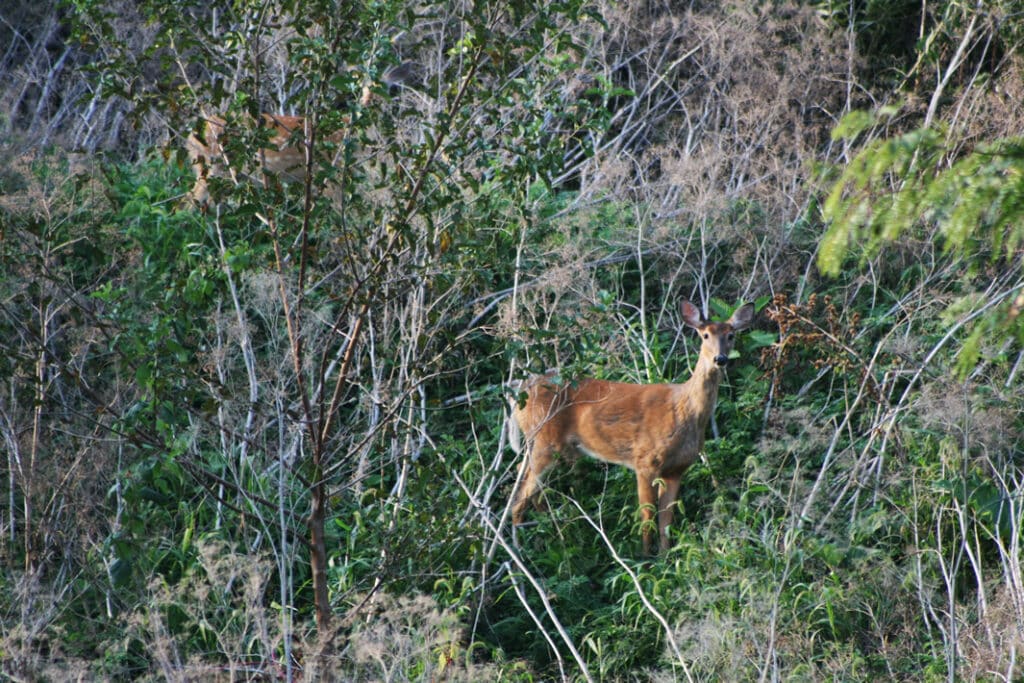
Rabies
Rabies is a fatal but preventable disease caused by a virus that affects the central nervous system. In the United States it’s mostly found in wildlife including bats, raccoons, skunks and foxes, as well as dogs. The virus is transmitted through the saliva of infected animals and is commonly transferred to humans through bites or scratches.
In 2018, 4,951 cases of rabies were reported in the United States—most occurring in wildlife. Of these animals, bats were the most commonly affected. The virus usually spreads within species, rather than across species, and there are numerous species-specific variants (e.g. raccoon variant rabies). Just like CWD produces zombie deer, rabies causes distinct changes in infected animals’ social behaviours, including increased aggression towards other animals and reduced fear of humans, as well as erratic behaviour.
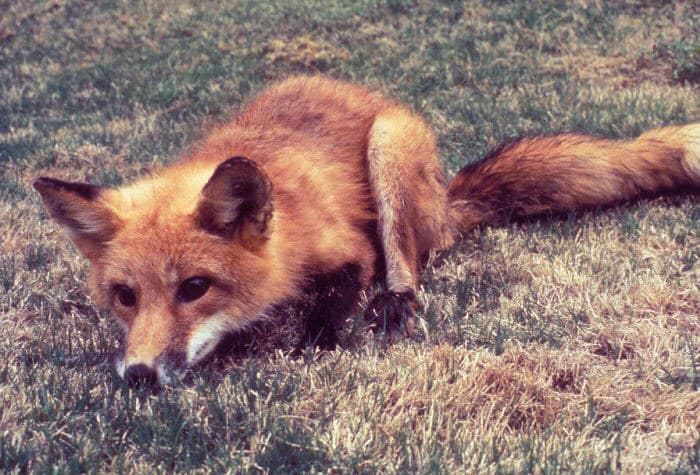
Biodiversity loss is a key contributor to the spread of wildlife disease
For a long time, biodiversity hotspots were thought to be reservoirs for wildlife disease. More wildlife equals more pathogens, or so the logic went. However, there is a growing body of research indicating that the reverse is true: biodiversity protects us from disease, it doesn’t promulgate disease.
Recent research points to a link between the types of animals that thrive in degraded landscapes and the spread of disease. The 2021 paper published by the Proceedings of the National Academy of Sciences proposes a model of wildlife disease spread, that suggests the animals that do best in degraded landscapes, are also the most effective at transmitting disease. By comparison, in healthier biodiversity-rich landscapes, these species are kept in check, reducing the overall abundance of disease.
Globalisation and development also promote the spread of wildlife disease
In much the same way that international travel spreads human diseases and invasive species, globalisation is a factor in the increased transmission of wildlife disease. In particular, wildlife diseases are spread through:
- Both the legal and illegal wildlife trades, which see animals move to new environments, and often result in different species coming into close contact with one another.
- Increased wildlife and human interactions. As our population spreads, we’re inhabiting more shared space with animals, increasing the risk of disease transmission across both geographic regions and species. Many of our recreational habits (such as ecotourism activities, hunting and fishing) also take place in the outdoors, bringing us into more contact with wildlife. Humans can spread disease by transferring infected animal substances from one place to another (e.g. dirt and animal hair on our shoes). This also puts us at greater risk of catching zoonotic diseases, as demonstrated by the ongoing Covid-19 pandemic.
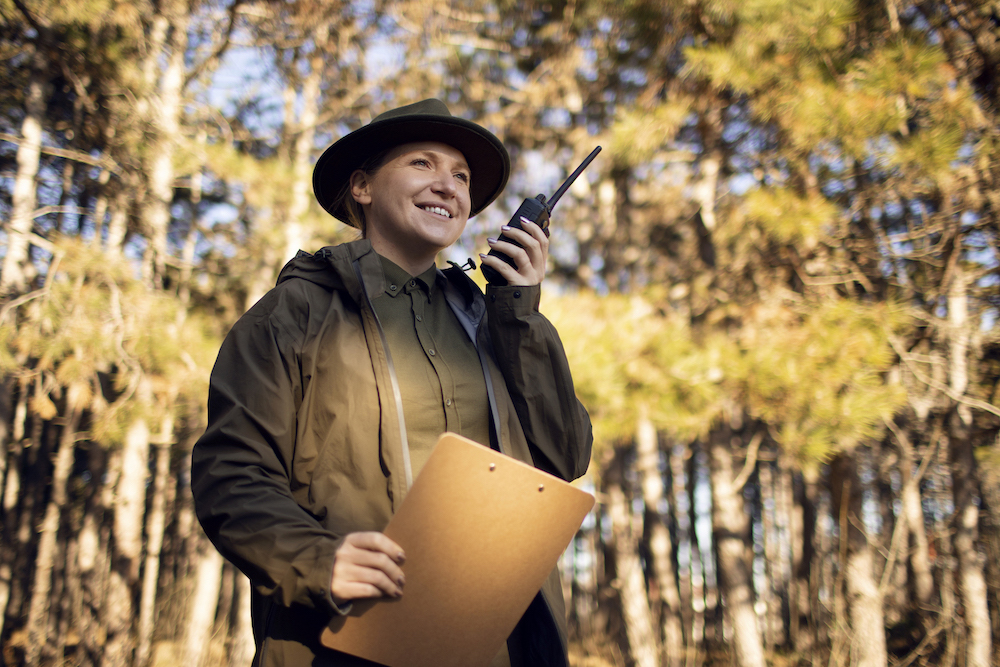
How can we protect animals from disease?
Biodiversity conservation is integral in the fight against wildlife disease spread. However, there are many other steps we can take to reduce the spread of disease. These include:
- Ensuring the health of pets and livestock, by maintaining adequate hygiene measures and vaccinating animals where appropriate.
- Cleaning footwear and camping gear before taking it to a new area.
- Wearing appropriate clothing, and using insect repellent to deter mosquitoes, ticks and fleas.
Obtaining high-quality wildlife movement data is also key to monitoring the spread of wildlife disease
Developing a robust understanding of wildlife movement patterns and population dynamics is critical for both identifying and responding to the spread of wildlife disease.
By enabling environmental organisations, land managers and conservationists to rapidly locate and track multiple animals from the air, Wildlife Drones’ technology makes collecting wildlife movement data faster and simpler than ever before.
In the United States, our technology has been used by the United States Department of Agriculture (USDA) to track feral swine, which are known to carry the destructive swine flu. Our innovative technology increased the USDA team’s ability to detect tag signals from further away and enabled multiple animals, and even multiple species, to be tracked at the same time, saving significant time and effort by the field team.
Our technology has also been used in Australia to develop a clearer understanding of koala populations following the 2019-20 bushfires. Given their vulnerability to chlamydia and habitat destruction, it’s vital that population estimates are as accurate as possible. With our drone telemetry system, both the New South Wales Department of Planning, Industry and Environment and non-government organisations have been able to locate previously undetectable tagged koalas and cover much larger areas than otherwise would have been possible on foot.
Get in touch with our team today to learn more about what makes our world-leading radio-tracking technology stand out from the crowd.

